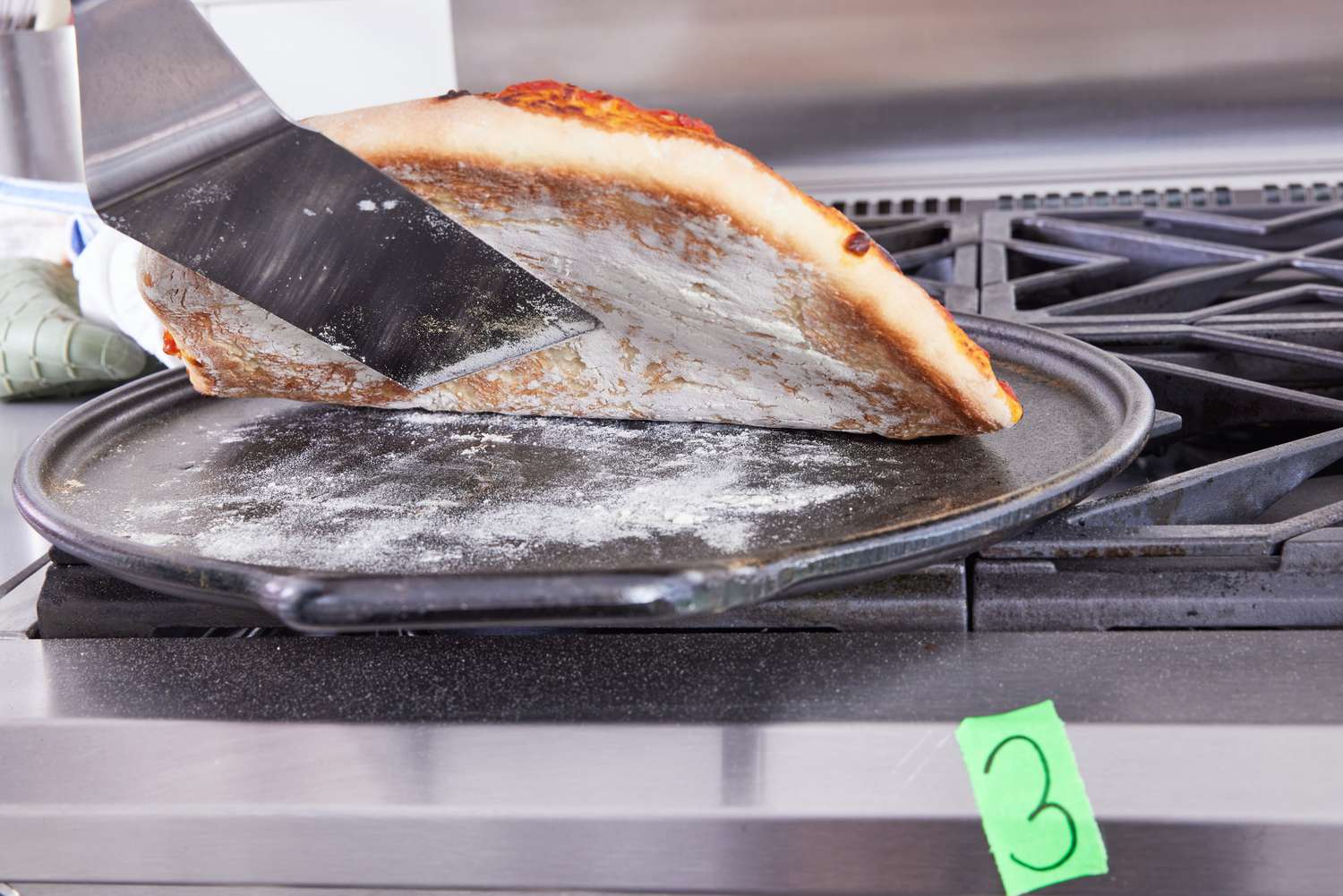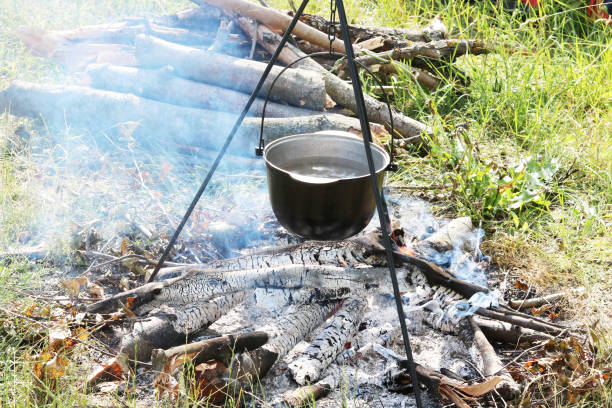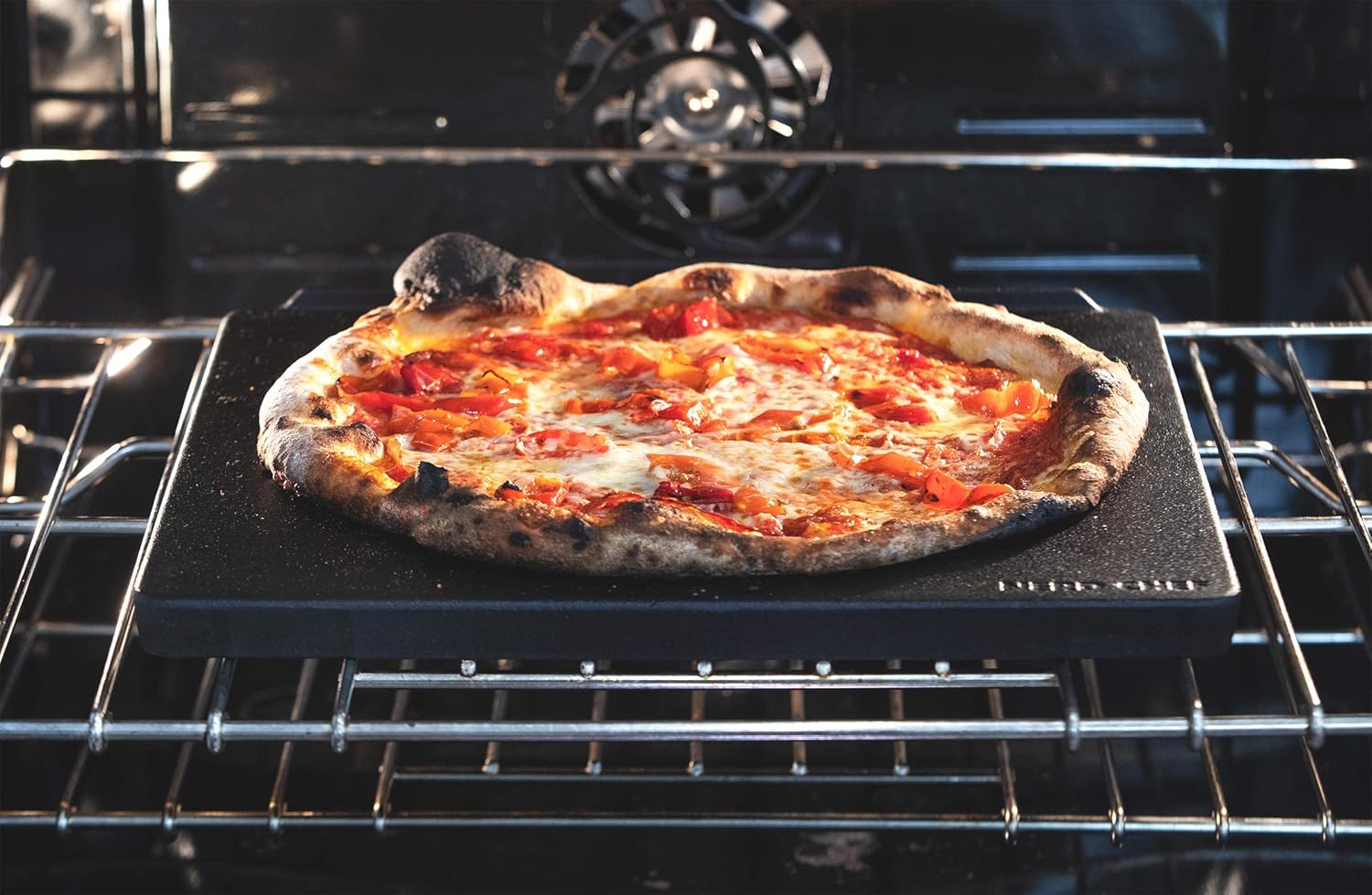If you're a kitchen professional striving to elevate your bread baking skills, mastering the technique of baking rye bread on stone could be a game-changer. Not only does this method enhance the flavor and texture of rye bread, but it also delves into a historical tradition that has stood the test of time. This comprehensive guide is designed to help you unlock the secrets of baking rye bread to perfection using a stone.
Why Choose Stone Baking?
Stone baking is a technique that brings out the best in bread. By using a heated stone surface, it mimics the effects of a traditional wood-fired oven, ensuring even heat distribution and a perfectly crisp crust. Sourdough on Baking Stone is another example of stones remarkable baking capabilities. This method can significantly enhance the texture of your rye bread, making it a sought-after skill in the culinary world.
The Science Behind Rye and Stone
Understanding the science of rye flour is crucial. Rye contains less gluten than wheat, resulting in a denser loaf that requires unique baking conditions. When baking rye bread on stone, the intense heat from the stone helps to create a robust crust, locking in moisture and flavor.
Preparation Is Key
Before embarking on your rye bread baking journey, ensure you have the necessary equipment. A high-quality baking stone is paramount. Learn how to properly use a baking stone here. Additionally, youll need a reliable recipe that accounts for the unique characteristics of rye. You might also find our article on Artisan Bread Baking Stone useful when selecting the right tools and techniques.
Step-by-Step: Baking Rye Bread on Stone
Step 1: Preheat the Stone
Preheating your stone is crucial. Set your oven to a high temperature and allow the stone to heat thoroughly for at least 30 minutes. This ensures that the bread begins to cook the moment it touches the stone, resulting in the desired crisp crust.
Step 2: Dough Preparation
Rye dough is stickier than wheat. Handle it with care, using wet hands or a dough scraper. Proper fermentation is key to enhancing its flavor.
Step 3: Scoring and Baking
Scoring your rye bread allows it to expand properly during baking. Place your loaf on the heated stone and let the magic happen. You might also want to check out our guide on Baking Baguettes on Baking Stone for additional insight into scoring techniques that work wonders with rye.
Benefits of Stone Baking for Professionals
For kitchen professionals, utilizing stone baking can be a distinctive selling point. The technique not only enhances the quality of your product but also offers a traditional and artisanal touch that can impress customers. Delve deeper into how a stone can replace other baking methods by exploring its versatile uses here.
Common Mistakes and Tips
Common pitfalls when baking rye bread on stone include insufficient preheating and improper dough consistency. Mitigating these issues is crucial to success. Consider regular maintenance for your stone for optimal performance; our article on Grill Drip Pan Replacement touches on similar upkeep strategies.

FAQs
Q1: Why is my rye bread dense?
Due to lower gluten content, rye results in denser bread. Ensure proper hydration and fermentation.
Q2: How do I prevent my bread from sticking to the stone?
Use parchment paper or ensure the stone and dough are well-floured.
Q3: What's the best way to clean my baking stone?
Avoid soap; scrub with a brush and rinse with water.
This article contains affiliate links. We may earn a commission at no extra cost to you.






Leave a comment
This site is protected by hCaptcha and the hCaptcha Privacy Policy and Terms of Service apply.